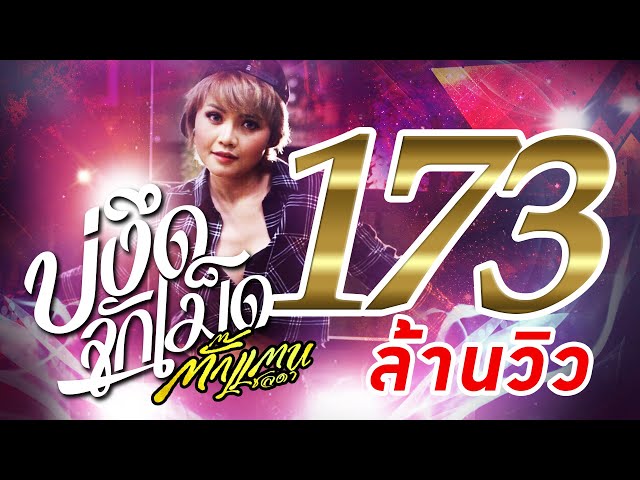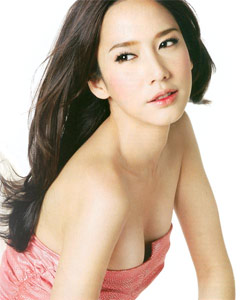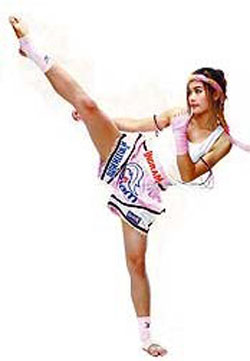The culture of Thailand has evolved greatly over time, from its relative isolation during the Sukhothai era, to its more contemporary Ayutthaya era, which absorbed influences from all over Asia. Strong Indian, Chinese, Burmese and other Southeast Asian influences are still evident in traditional Thai culture. Buddhism, Animism and Westernization also play a significant role in shaping the culture.
Thai national culture is a recent creation in that what is considered to be traditional Thai culture today did not exist in that form more than a hundred years ago. Its origin can be traced to the reign of King Chulalongkorn in the late-19th century. Chulalongkorn adopted the European trend of nationalism and centralization that was then prevalent and implemented it in Siam. Some of the actions that he took were to attempt to clearly define Siam's borders, promote a civic religion based on the Chakri Dynasty, the palace-controlled council of monks, and the culture of central Siam. The promotion of civic culture faced some temporary setbacks during the coup which brought about the end of the absolute monarchy in the 1930s and during a few years after World War II.
Nevertheless, the rise of Rama IX after World War II saw a renewed effort by royalists and nationalists to reestablish the primacy of civic culture in the country as a way to strengthen the monarchy. The present version of civic culture, largely based on an idealized vision of Central Thai culture (sometimes including Southern Thai) is a recent creation which combines aspects of fifth reign nationalism, Cambodian kingship, and personalistic populism. Regional Thai cultures such as the Lanna, Isan, Chinese origin, Portguese origin [th], Persian origin was suppressed by the government.
Present day Thai civic culture defines Thailand as the land of Central Thais (Siamese), with a single religion, Theravada Buddhism, under the Chakri dynasty.









0 Komentar